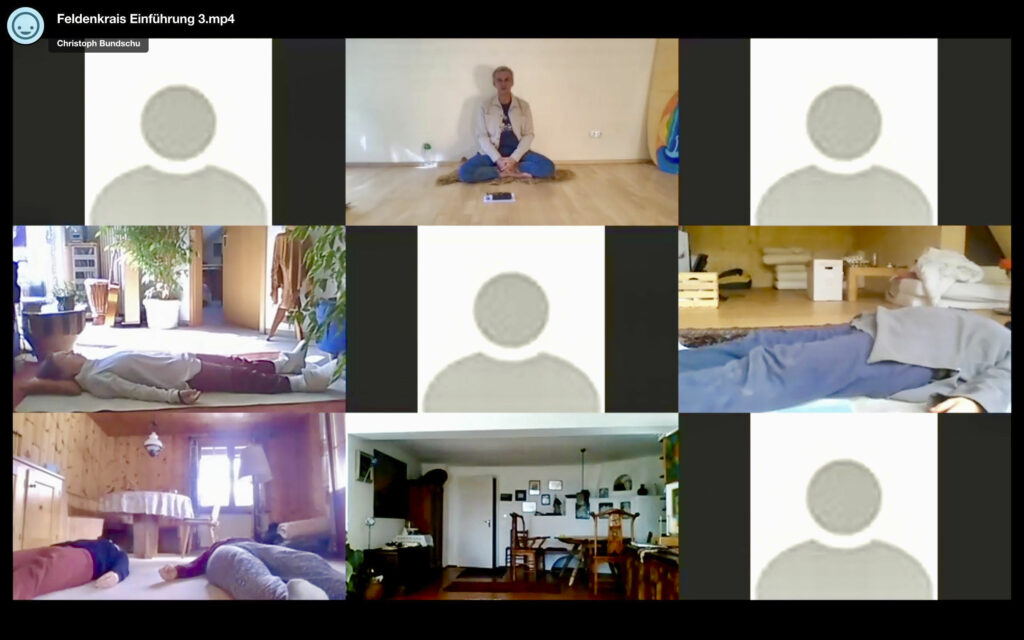
25,00 € – 80,00 €
“Making the impossible possible – the possible easy and enjoyable”.
(Dr. Moshe Feldenkrais)
The Feldenkrais method is an intelligent body-based
Way to relaxation,
natural mobility and
better use of their own resources.
The group work of this method is called “Awareness through Movement” and allows us to improve our physical as well as mental abilities in a pleasant, often effortless and amazingly effective way. Feldenkrais is a learning method that experiments with countless variable movement.
It is not the size (=quantity) of the movement that is the focus here – in Feldenkrais we are concerned with the quality of the movement – and the question: how can I make it even more pleasant and effective for me?
In Feldenkrais there is no right or wrong, almost never is told how a movement should be done, how it “works”. The same movement is explored in different ways. How is a certain movement – e.g. rolling the pelvis to one side in the supine position – when the head rolls to the left? what changes in the movement when the head rolls to the right? does the quality change? What do you like better at this moment, what feels more natural to you??? Positive physical adaptations are not achieved by responding “correctly.” Positive results are achieved by asking yourself these questions curiously and mindfully – and just perceiving them.
The founder of the method named after him, Dr. Moshe Feldenkrais, lived from 1904-1984. He combined knowledge of physics, mechanical engineering and martial arts with his knowledge of biomechanics, neurophysiology and psychology. He continued to be the first non-Asian to earn a master’s degree in judo and founded the first European judo club in Paris. The scientific-practical result of all this knowledge is the basis of the Feldenkrais Method. Moshe was also a proponent of embodiment before that word even existed. The unity and mutual influence of body * mind and * feeling – today called embodiment – was a fact for him. Thus, he often emphasized that mental and spiritual tensions find their expression in the body – and can also be released through it!
Another essential aspect of his work was: quality of movement and physical well-being do not depend so much on the strength of the muscles, but on the ability of the muscles to let go.
